Comitê Nacional em Defesa dos Territórios frente à Mineração lança Nota Técnica, que é uma versão reduzida do relatório homônimo, desenvolvido ao longo de seis meses por quatro pesquisadoras com atuação prévia no Vale do Tapajós. Trata-se da apresentação do caso emblemático da Terra Indígena (TI) Munduruku, no escopo do complexo e multifacetado problema da garimpagem de ouro realizada (ilegalmente) no interior de terras tradicionalmente ocupadas por povos indígenas.
Localizada no alto curso do rio Tapajós, sudoeste do Pará, e habitada tanto por comunidades Munduruku e Apiaká como por indígenas em iso- lamento voluntário, a TI Munduruku está localizada na margem direita do rio Tapajós, com uma área de 2.382 mil hectares. Junto com a TI Sai Cinza (também no alto Tapajós) e com a TI Kayabi (no baixo Teles Pires), essa Terra Indígena abriga cerca de 145 aldeias Munduruku. Há ainda terras Mun- duruku no médio Tapajós: as TIs Sawre Muybu e Sawre Ba’pin, e as reservas indígenas Praia do Índio e Praia do Mangue. Atualmente, a população Munduruku conta com cerca de 14 mil pessoas.
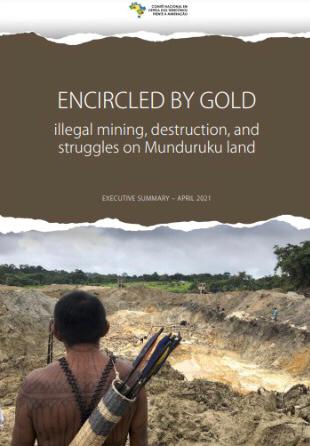
Principais pontos desta central nota técnica (em inglês)
Highlights Below, we highlight some key points from the technical report:
- The advancement of garimpagem, or illegal gold mining, in indigenous territories (IT) inhabited by the Munduruku people in the upper Tapajós is evident by the significant increase in deforestation.
- Research indicates worrying levels of mercury among the Munduruku of the Tapajós Valley. Exposure to this metal occurs mainly by eating fish, which is the basis of the indigenous diet. Contamination by methylmercury, the most dangerous form of this metal, is mainly attributed to mining. The damage from such contamination to human health is diverse (neurological, immunological, digestive) and possibly irreversible.
- The intensification of illegal mining has generated an alarming malaria outbreak among the Munduruku of the upper and middle Tapajós. Malaria is one of the comorbidities that can aggravate Covid-19.
- The spread of Covid-19 among the Munduruku of the upper Tapajós coincided with an increase in the presence of gold mining on their lands in 2020. In one year, 31 deaths were recorded as a result of this disease.
- The National Indian Foundation (FUNAI) itself contributed to the insertion of garimpeiros, or miners, into the Munduruku IT in the 1980s. In the 1990s, FUNAI technicians recorded an illegal gold mine in this IT, still active today. Its owner led the Tapajós gold-digging movement in the 1990s. He has a connection with a Federal Police chief who, in his turn, was arrested in 2020 on charges of selling information to owners of gold mines in the Tapajós region.
- Those behind illegal mining activities in the Tapajós Valley indigenous lands are businesspeople. There, mining activity is supported by a network of actors with significant purchasing power and political capital. From local businesspeople to federal deputies and senators, these actors have been gaining space on the agenda of the upper echelon of the Executive branch and the federal legislature since 2019. In September of the same year, one of their main demands was met: an end to the practice of destroying illegal mining machinery seized during government-led operations.
- The Munduruku people have been denouncing invasions on their lands to public authorities since 1987. Since 2010, successive attempts have been made to reach out to the responsible government agencies to remove invaders by filing complaints against them through the Federal Public Prosecutor’s Office. Only in 2018 were inspections and anti-illegal mining operations carried out in the Munduruku and Sai Cinza ITs. These operations, however, were insufficient and failed to guarantee the protection of indigenous leaders against ongoing threats made by miners. This problem resurged in 2020.
- Illegal mining in the Tapajós Valley has caused a troublesome escalation of conflicts in the region and heightened insecurity for indigenous people. Illegal mining within indigenous lands puts weapons, drugs, and alcoholic beverages in intense circulation and promotes sexual exploitation of women. Since 2018, prominent Munduruku leaders opposed to mining have faced numerous death threats. However, the government’s program to protect human rights defenders has been ineffective in helping these leaders. In addition, indigenous associations that oppose the illegal extraction of gold have also suffered retaliation. In 2021, miners in Jacareacanga destroyed one of these organizations’ headquarters.
- The Munduruku have been fighting against the illegal extraction of gold on their land since 1987. Without the assistance of governmental authorities, and despite the various risks involved, they started to carry out autonomous territorial inspections, also called auto-demarcations, in 2014 and again in 2018 and 2021. In addition, they have addressed several open letters to the public authorities and to Brazilian society (28 of which are analyzed in this report). They have carried out actions in Brasília (Federal District) and the municipalities of Jacareacanga and Itaituba.
- In 2014, the Munduruku created their own consultation protocol, a document which indicates how, where and with whom hearings must be conducted regarding any billrelated initiatives, “ventures,” or development projects, and any measures affecting Munduruku communities. It is this document, and no other, that should govern any initiative of this nature.
Contrary to what is said by a minority of indigenous persons recruited by illegal miners, only the larger collective of the Munduruku people can respond to proposals and projects that impact their communities. The Munduruku Consultation Protocol clearly indicates how, where, and with whom free, prior, and informed consultation (following ILO Convention 169) should happen. This protocol is a legitimate expression of Munduruku’s self-determination. Both initial consultation processes and the assessment of the effects and impacts of illegal mining should follow the Munduruku’s determinations, expressed in their consultation protocol (MUNDURUKU, 2014a).
Read the full note: HERE!
The Siege of Gold: illegal mining, destruction and struggle in lands Munduruku is a publication of the National Committee for the Defense of Territories against Mining – April 2021 – First Version. Study Coordination: Luiz Jardim Wanderley and Luisa Molina. Authors: Ailén Veiga, Laise SF Silva, Luisa Molina and Rosamaria SF Loures.






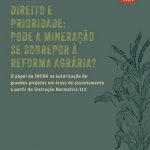

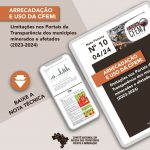
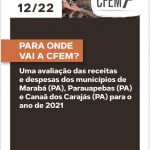
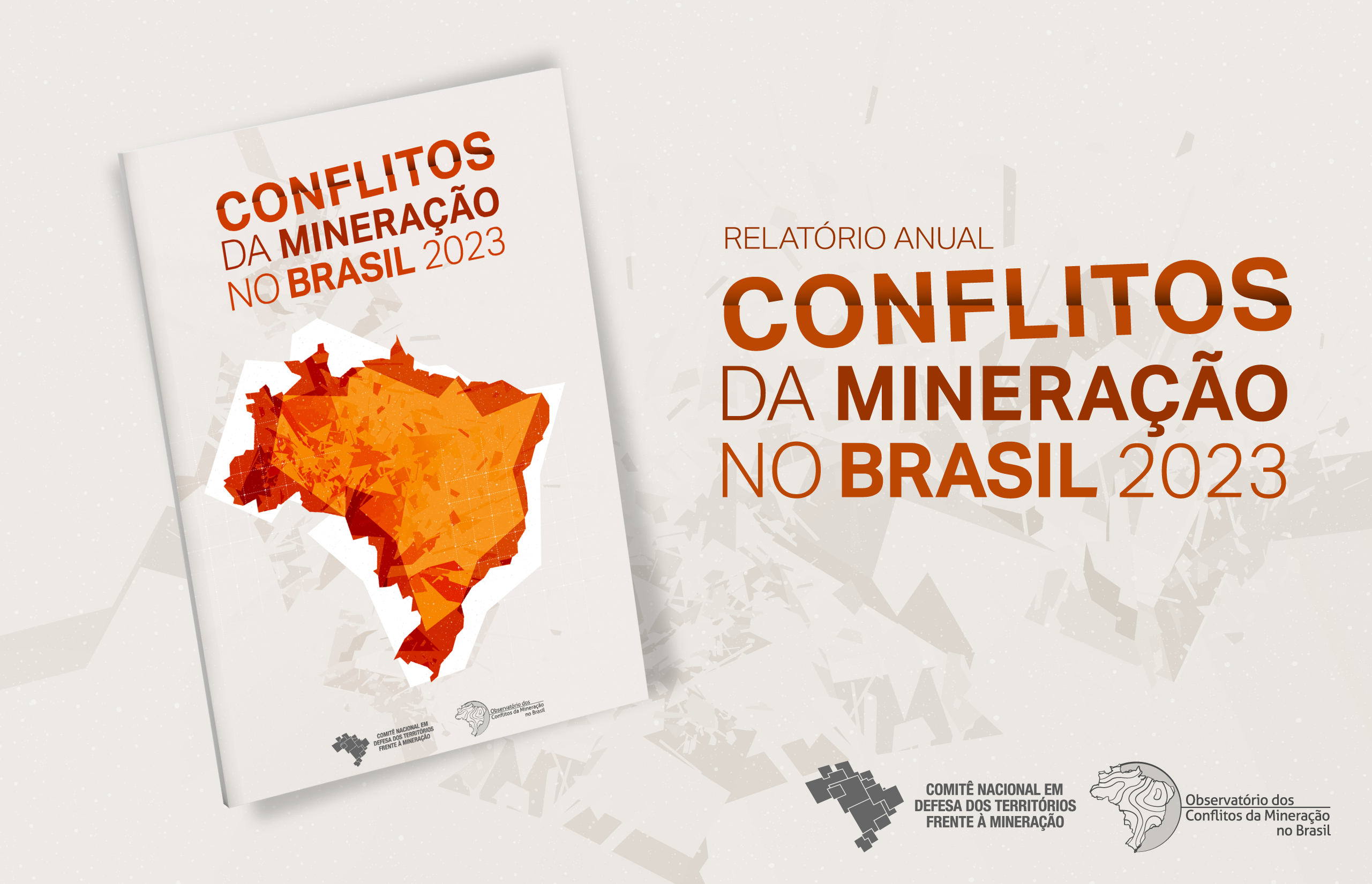
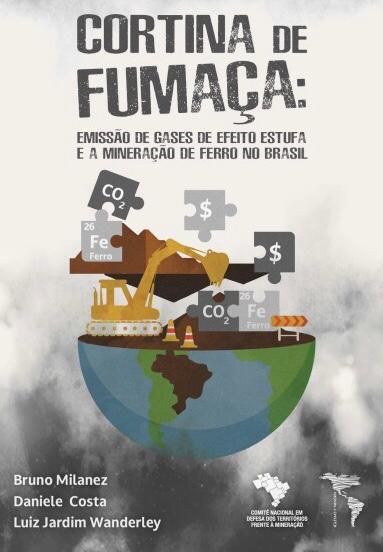

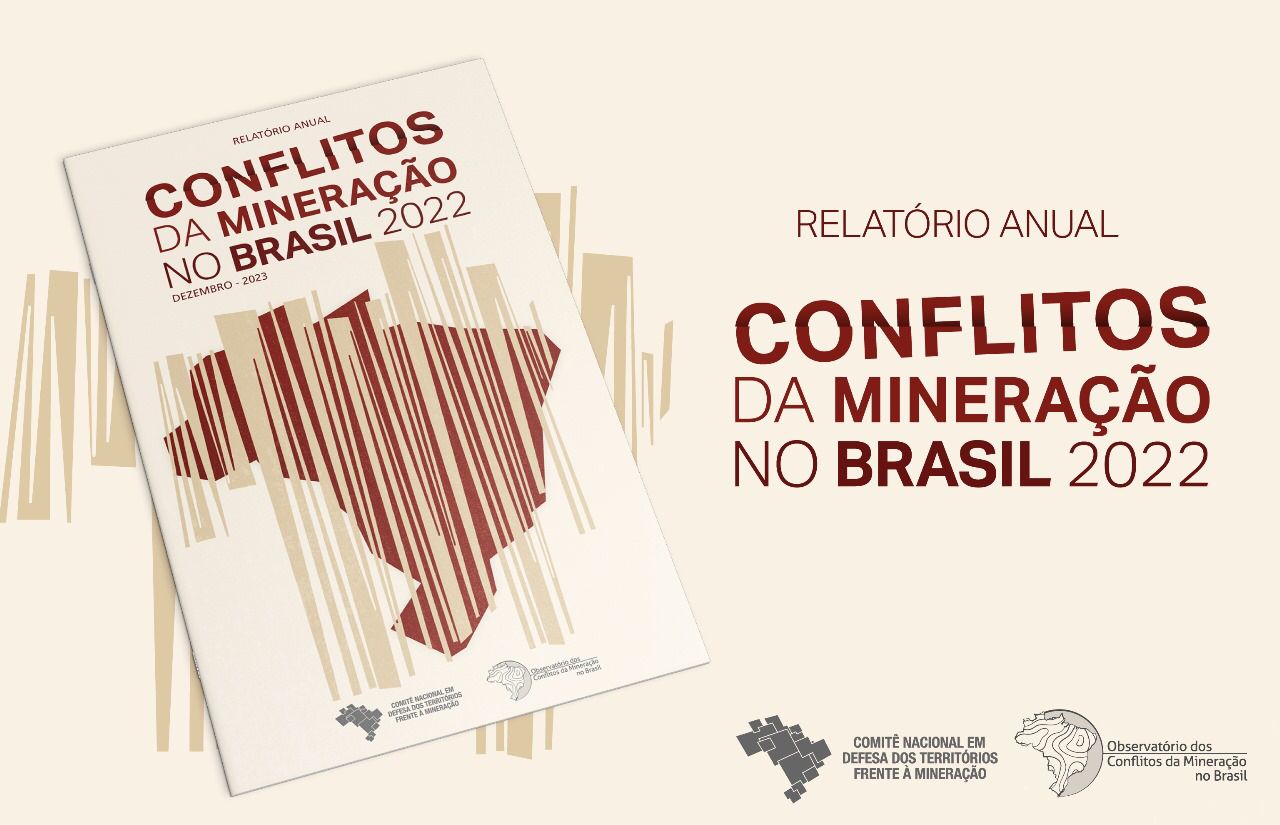






0 Comentários